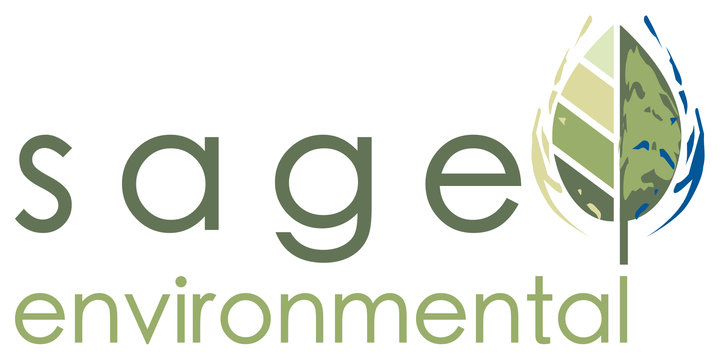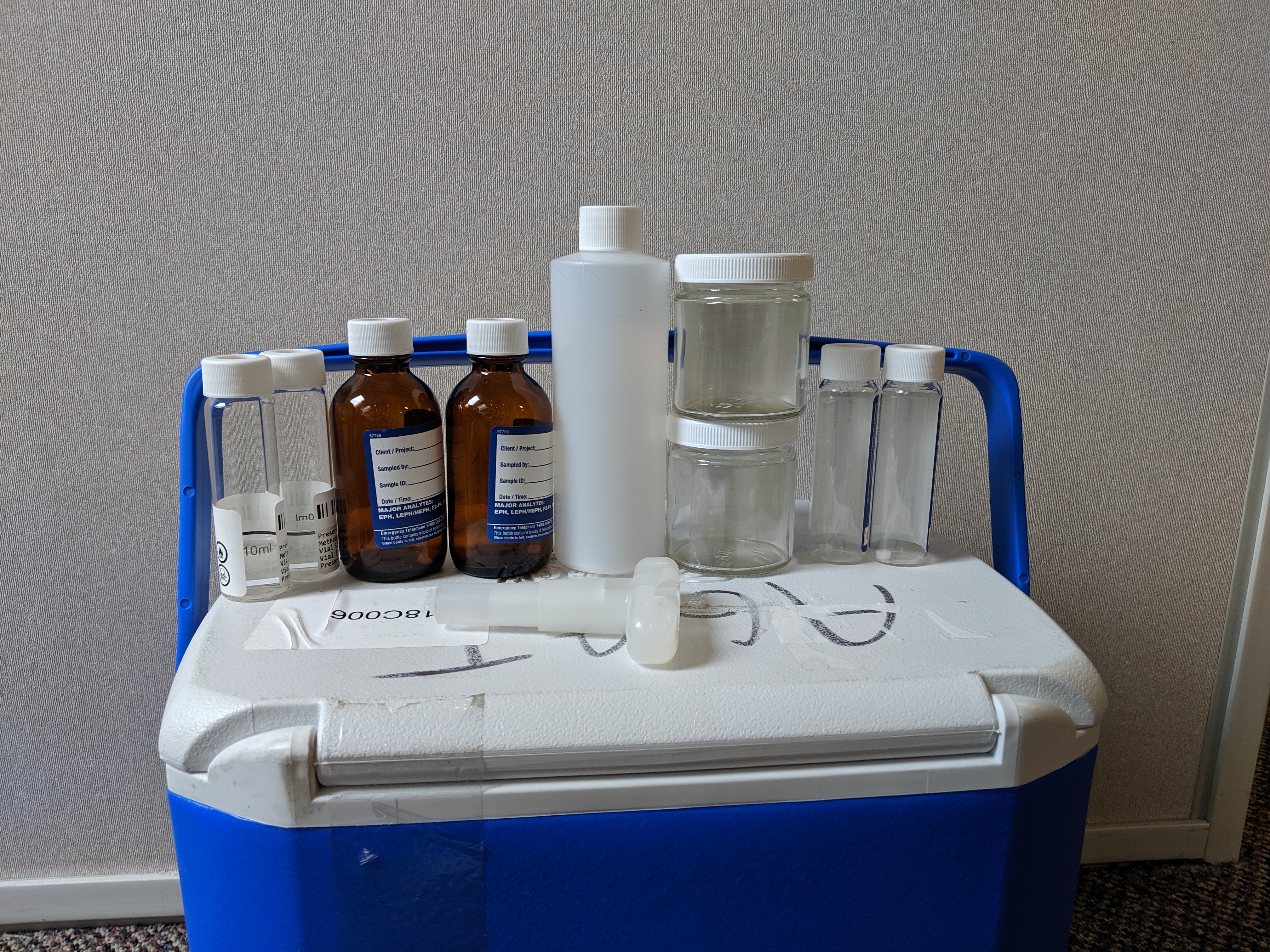Written By: Kristen Cockburn GIT, Environmental Scientist
An APEC stands for an Area of Potential Environmental Concern, and while that may sound scary, it identifies an area that needs to be looked at a little closer. It’s important to remember that the “P” in APEC is “Potential”, as it is not possible for a consultant to always see whether contamination is present or understand how bad it may be by just looking at it.
So why does the consultant call something an APEC? During a Phase I Environmental Site Assessment (ESA), information about a Site may lead the assessor to believe there is potential for contamination. This can be historical information such as municipal records about a property, something seen in an aerial photo, or a listing from an old City Directory. They can also be identified during the Site inspection such as staining on the ground, a fuel storage tank or a pile of debris. Sometimes the APECs are not on the Site itself but may be on a nearby property that has potential to impact the Site.
If an APEC is identified, it is important to physically investigate to make sure that you are not liable for contamination as a buyer, seller, lender, or insurer. In most cases the owner of a property essentially “owns” contamination associated with the property, even if it was not their fault that it is on the property. As a buyer you may also be buying the cost to clean up the contamination. As a seller, you may not be able to sell your property before dealing with the contamination or may face legal proceedings after the sale. If there is contamination on the property, a lender may not provide financing, or you may not be able to insure the property as it represents an additional financial liability to the lender or insurer if there is a mortgage default or insurance claim.

What happens during a Phase II?
A Phase II ESA is a physical investigation where samples of soil, groundwater and soil vapour are collected. Sample locations are chosen based on APECs identified in the Phase I ESA. Soil samples can be collected by different methods of excavation from hand shovels to drilling rigs depending on the location and depth of what we are looking for. If groundwater contamination is suspected, monitoring wells will be installed to measure the depth to groundwater, collect samples and to calculate the direction the groundwater flows. If soil vapour (air between soil particles) is a concern, probes will be installed to collect samples for analysis.
Collected samples are then shipped to a lab to analyze the soil, groundwater or soil vapour for potential contaminants of concern (PCOCs) that were identified for each APEC in the Phase I ESA. These PCOCs are chosen based on common contaminants associated with certain land uses. For example, welding shops will include metals on the list of PCOCs, where as gas station samples will be tested for different types of petroleum hydrocarbons.

It usually takes a week to receive the results from the lab. The results are compared to regulatory standards, set out by the Ministry for Environment and Climate Change Strategy (Provincial, BC) or the Canadian Council of Ministers of the Environment (Federal) for allowable concentrations of individual chemicals based on the land use or zoning for the property. Additional standards may apply if there are creeks, lakes, ponds or drinking water wells in the area. If the lab results exceed the applicable standards, it is considered contaminated. A Detailed Site Investigation may be recommended to quantify the contamination using a systematic process to find the edges of the contamination, and estimate costs of remediation

If all results are below applicable standards, the soil or groundwater is not considered to be contaminated. Whoo hoo!
A Phase II ESA will confirm if the APECs identified in the Phase I ESA are a concern, and if areas on the Site require further investigation or remediation. It can provide you with the peace of mind that you know what is there, and if further work is required to clean it up.
The quantifying information provided in a Phase II ESA allows a property owner, purchaser, financier or regulator to make an informed decision related to the property management, financing, or business management.
If recommended, further work could include additional sampling to determine the boundaries and extent of the contamination, remediation options, or a risk assessment to understand if the contamination may be able to remain in place.
When Phase II’s find contamination they often present a solution for a problem that may allow parties in a transaction to proceed with full knowledge and reduce their risks associated with an environmental liability. Solutions to contamination often involve remediation or risk assessment to manage an existing liability going forward.

Decisions related to contaminated sites liability can at times be daunting. Our team will help you to quantify and come to grips with potential environmental risks relate to property and land use decisions including development, acquisition, divestiture and finance.

